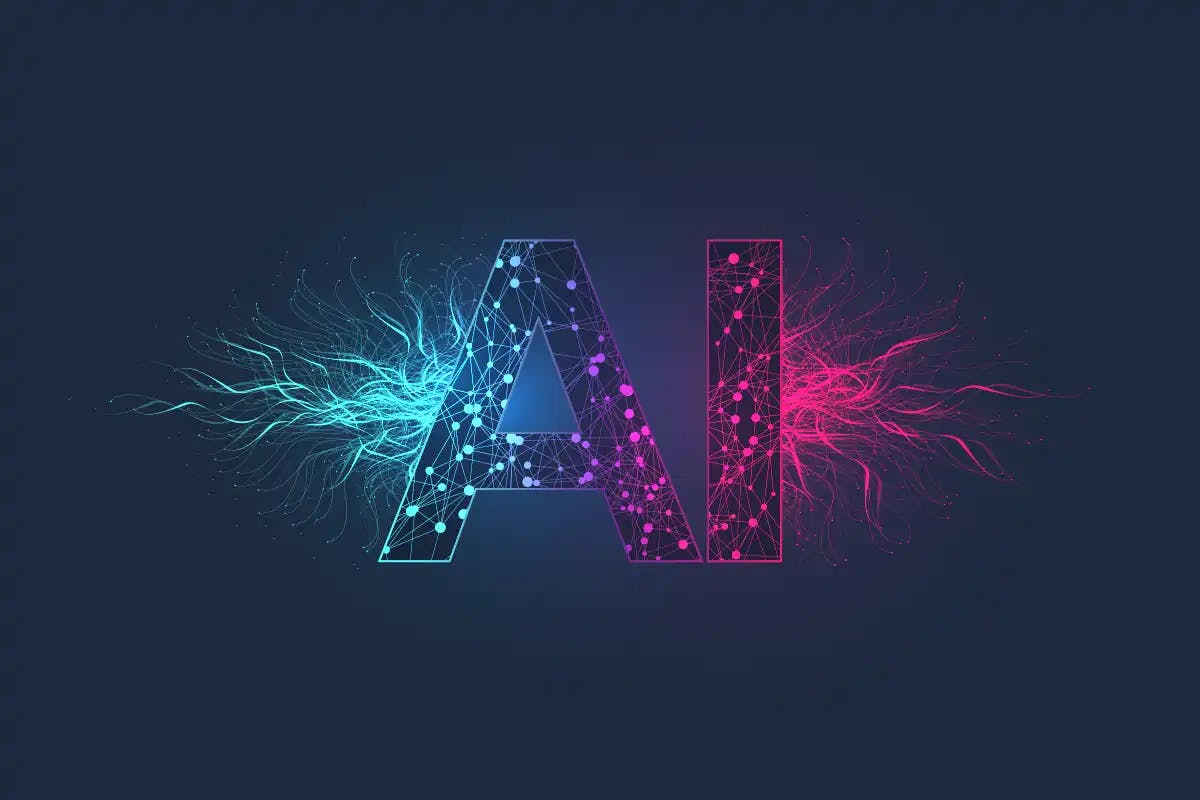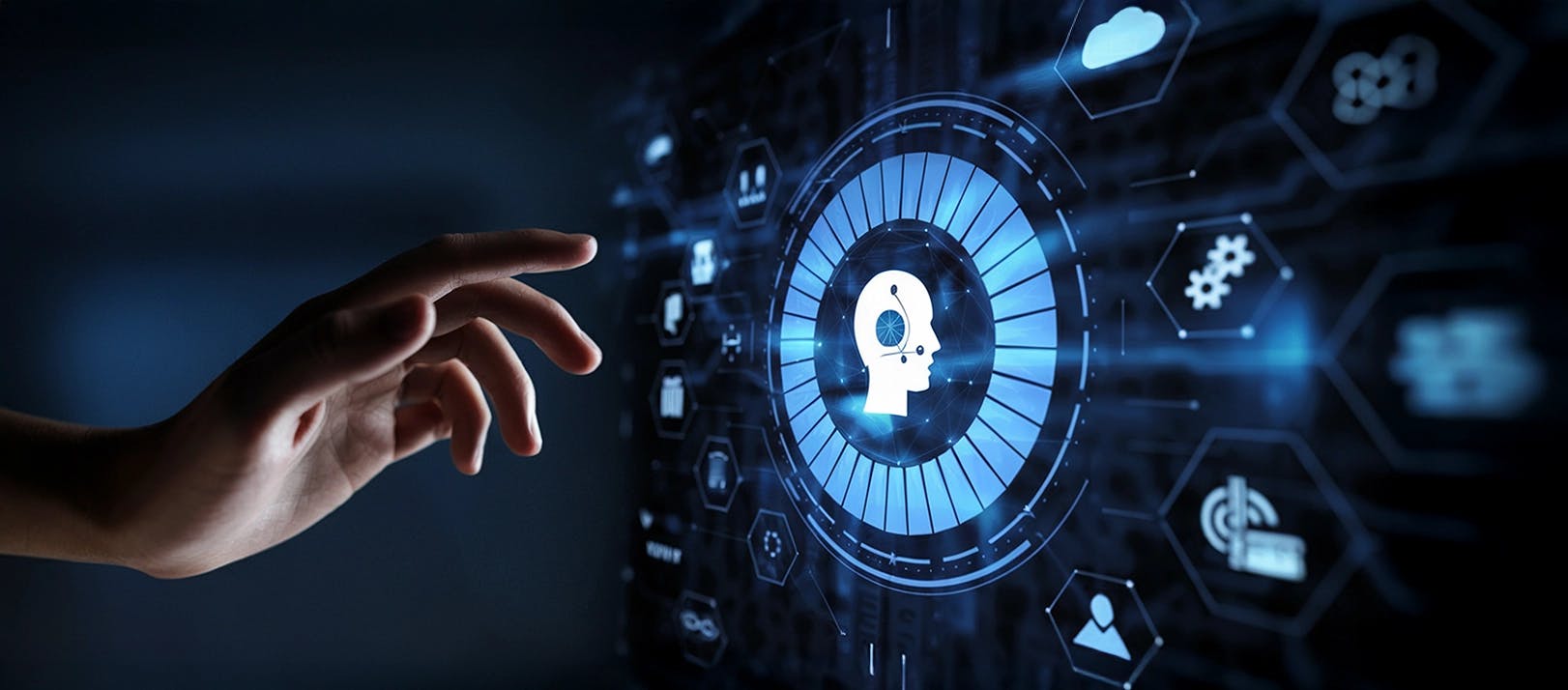
An In-depth Guide on AI Art Generator for 2025
Artificial intelligence (AI) art generators have emerged as revolutionary tools, blending artificial intelligence and creativity to generate mesmerizing artworks. According to Precedence Research, the AI art market was 7.87 bn USD & 10.79 bn USD in 2021 & 2022, respectively. It is expected to reach 13.71 bn USD by the end of 2023, simply signifying the significant impact of this technology on the art industry.
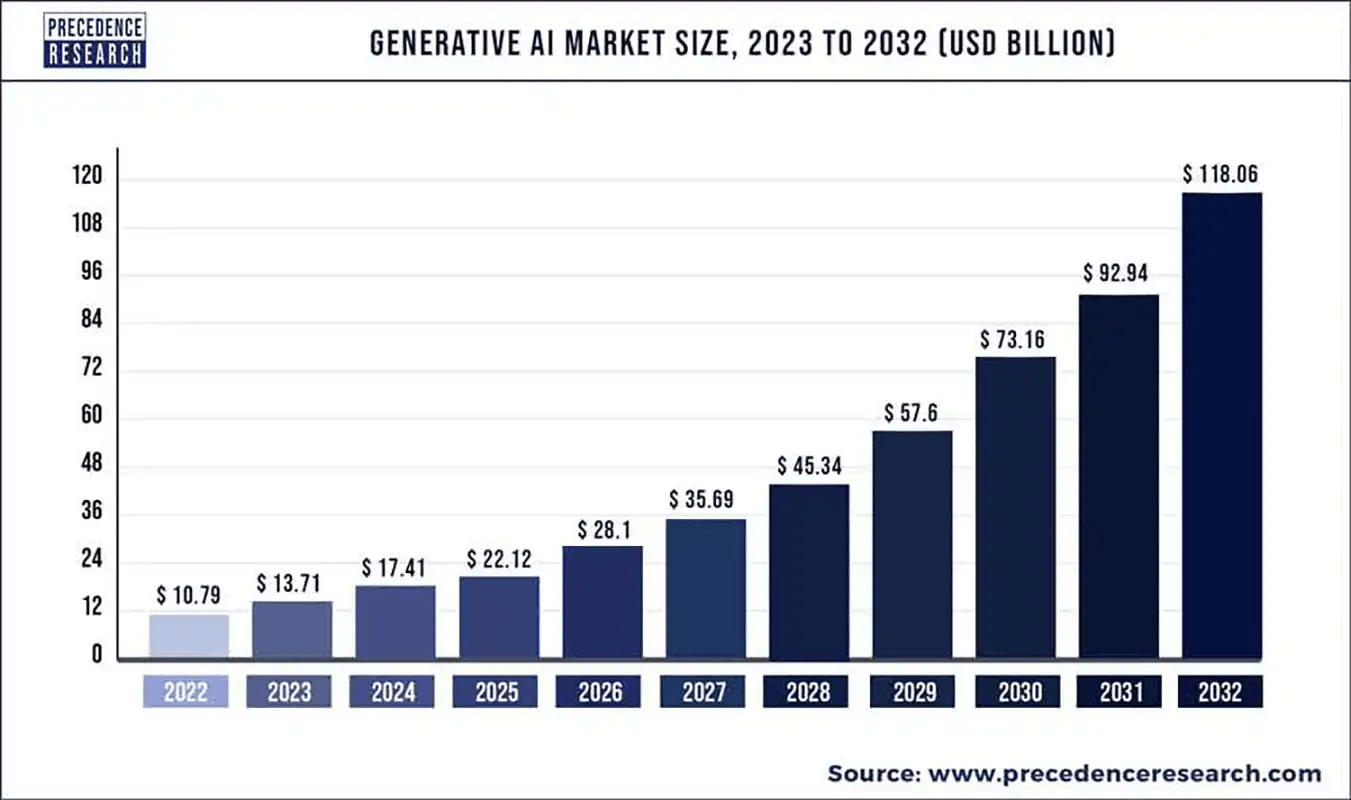
How AI Art will Works?
Artificial intelligence art abbreviated to AI art, is an artwork created using artificial intelligence algorithms and deep learning techniques. These algorithms are trained on vast datasets of existing art, allowing them to learn and mimic artistic styles, brush strokes, color palettes, and compositions.
The artificial Intelligence art process starts with the collection of art samples such as illustrations, paintings, and sketches. The collected samples are then fed into a neural network for analyzes and identify the textures, patterns, and stylistic features. With the combination and extrapolation of these learned features, the AI algorithm generates stunning and original pieces of art.
The Process of AI Art Generation
The process of AI-generated art involves several steps, each contributing to the final output. Here’s an in-depth look at the technicalities of AI art generation.

- Data Collection
An extensive and diverse dataset of artworks is gathered, encompassing various genres, artists, and artistic styles. This dataset forms the foundation for training the AI model. - Training the AI Model
The dataset is used to train a deep learning model, such as a (Generative Adversarial Network) GAN or a Variational Autoencoder (VAE). GANs are particularly popular for generating AI art due to their ability to create incredibly realistic images. - Style Transfer
Style transfer techniques allow AI art generators to apply the characteristics of one artwork to another. This process enables artists to blend different styles creatively. - Feedback Loop
During the training phase, the AI model receives feedback on its generated artwork. The model uses this feedback to continually refine and improve its creations. - Creative Constraints
Artists can introduce constraints to influence the output, such as specifying a particular color palette, theme, or artistic era. - Generation of New Art
Once the AI model is trained, it can generate new art by combining the patterns and styles learned during the training phase. This results in unique and compelling pieces that reflect a fusion of human creativity and artificial intelligence.
Real-Time Case Studies on AI Art
Let’s explore some real-world examples of AI-generated art to understand it in-depth:
- Creative Reality™ Studio from D-ID
It is pioneering software that allows its users to access the most robust set of generative AI tools and to create stunning face videos of talking avatars created by AI. The software combines the deep-learning face animation technology of D-IDs, the text generation ability of GPT-3, and the capability of text-to-image conversion.
This self-servicing Creative Reality studio from D-ID has become the most essential platform for many professionals who are seeking innovative ways of creating stunning videos using cutting-edge technology. By using this platform, users can create exceptional AI portraits permeating with voice and personality in seconds and surely can captivate their audience. - Nike By You
AI Art ideas are hugely welcomed and cherished in the apparel industry mainly because of the creativity of users by inviting them to try bold designs. The AI Art platform offers an extensive range of customization to its users when it comes to designing apparel.
The renowned brand, Nike offers a customized platform ‘Nike By You’ with the implementation of generative AI tools. The platform allows Nike users to personalize like choosing colour, materials, design patterns, and inclusion of unique texts or images to create their own Nike sneakers or any other apparel from the brand. It significantly provokes the creative attitude of clients and forces them to engage more with the brand.
List of Top 5 AI Art Generators
Here are five prominent AI art generator tools, each with its distinctive services.
- DeepArt.io
This user-friendly platform allows artists and enthusiasts to apply various art styles to their photographs, creating AI-generated masterpieces in a few simple steps. The tool employs deep neural networks to produce stunning transformations. - RunwayML
RunwayML is a versatile tool offering a range of creative applications, from AI-generated music to visual art. Artists can experiment with different AI models and techniques, unleashing their creativity like never before. - Artbreeder
As mentioned earlier, Artbreeder facilitates the breeding and blending of multiple artworks. Users can experiment with different combinations to produce entirely new and original creations. - DeepDream
Developed by Google, DeepDream is an AI-powered image generator that utilizes deep neural networks to find and enhance patterns in images, resulting in visually surreal and dream-like artworks. - GANPaint Studio
GANPaint Studio enables users to modify and edit AI-generated images seamlessly. Artists can add or remove objects, change colors, and manipulate various elements to create customized art pieces.
Above mentioned are some of the best AI Art Generators. Let’s explore what advantages and disadvantages it delivers to the users.
Advantages Using AI Art Generators
- Creativity and Inspiration
AI art generators can spark creativity and inspire artists to explore new styles and ideas, pushing the boundaries of conventional art. - Efficiency and Speed
AI-generated art significantly reduces the time required to create complex and intricate artworks, accelerating the artistic process. - Accessibility
AI art tools make art creation accessible to a broader audience, even those without traditional artistic skills, democratizing the art world. - Artistic Collaboration
AI can act as a collaborator, allowing artists to merge their creative visions with the computational capabilities of AI algorithms.
Disadvantages Using AI Art Generators
- Lack of Originality
Some critics argue that AI-generated art lacks true originality and emotional depth, as it relies on existing patterns and styles from the training data. - Ethical Concerns
As Ai art gains popularity, ethical questions about intellectual property rights and ownership of AI-generated artworks arise. - Dependency on Technology
Overreliance on AI tools might hinder an artist’s ability to develop their artistic skills and creative instincts organically.
Is it important to Hire Hiring AI Developers for AI Art? Yes!
While AI art generators offer incredible potential for artists and enthusiasts, the true magic lies in the expertise of skilled AI developers. When you are going to hire an AI developer, you want to consider many essential things which are listed below:
- Optimize AI Algorithms
Expert AI developers can fine-tune algorithms and train AI models to produce better and more diverse AI-generated artwork. - Innovate and Push Boundaries
AI developers continually advance AI art technology, ensuring that artists have access to cutting-edge tools and techniques. - Ethical Implementation
With AI becoming increasingly intertwined with art, ethical considerations surrounding AI-generated artworks require expert guidance. - Create Custom Solutions
For artists with specific creative requirements, AI developers can design tailor-made AI art generators, enabling artists to bring their unique visions to life. - Address Technical Challenges
AI art development involves complex technical challenges, which AI developers are equipped to handle efficiently.
The Future of AI Art
The world of AI art is continuously evolving, and its future holds exciting prospects. AI technologies become advanced and more sophisticated, thus AI development companies are likely to achieve even greater levels of realism and creativity. Here are some potential developments we can expect to see in the future.
- Hyper-Realistic Art
AI art generators are already capable of producing art that closely resembles works created by famous artists. In the future, we can anticipate AI-generated art that becomes virtually indistinguishable from human-created masterpieces. This level of hyper-realism will raise fascinating questions about the definition of art and challenge the traditional notions of creativity and authorship. - Enhanced User Customization
AI art tools will likely offer enhanced user customization options. Artists may be able to fine-tune AI models tailoring them to align with their unique styles and preferences. Such a level of customization will enable artists to create art that represents a true reflection of their artistic vision. - AI-Driven Art Galleries
As AI-generated art gains acceptance and recognition, we may witness AI-driven art galleries dedicated solely to showcasing AI-created masterpieces. These galleries could provide a platform for both AI artists and human artists, fostering creative dialogue between the two. - Integration with Virtual and Augmented Reality
AI-generated art could seamlessly integrate with virtual and augmented reality technologies, enhancing immersive artistic experiences. Artists may create virtual art installations, interactive exhibits, and even augmented reality street art, blurring the boundaries between the physical and digital art worlds. - AI-Enabled Art Curation
AI algorithms can be employed to analyze vast amounts of art data, assisting curators in identifying trends, historical connections, and potential hidden gems. This can revolutionize art curation and provide valuable insights into the evolution of artistic movements. - Ethical Frameworks and Regulation
As AI art continues to grow in popularity, the need for ethical frameworks and regulations will become paramount. Developing AI-generated art could lead to debates about authenticity, copyright, and ownership, necessitating clear guidelines to protect artists’ rights and preserve the integrity of the art world. - AI as a Collaborative Partner
AI art generators could evolve into true collaborative partners for artists, providing real-time feedback, suggesting improvements, and assisting in the creative process. This partnership could enable artists to experiment with new ideas and styles, pushing the boundaries of their creativity.
Addressing Challenges and Concerns
While AI art generators offer immense potential, they also present several challenges and concerns that must be addressed.
- Originality and Human Touch
Critics argue that AI-generated art lacks the soul and emotional depth found in human-created artworks. AI developers and artists need to find ways to infuse the human touch and originality into AI-generated pieces, ensuring that art remains a profound expression of human creativity. - Ethical Considerations
As AI art gains popularity, the art community must grapple with ethical questions related to the ownership, copyright, and authenticity of AI-generated artworks. Striking the right balance between AI and human involvement in the creative process is critical. - Bias in AI Algorithms
AI algorithms can be biased, reflecting the biases present in the data they are trained on. This bias can inadvertently influence AI-generated art, raising concerns about cultural representation and inclusivity in the art produced by AI. - Technological Dependence
Over-reliance on AI art generators might result in a decline in traditional artistic skills. Artists need to continue honing their craft and use AI as a tool to augment their creativity rather than replace it. - Privacy and Data Protection
AI art platforms often require access to users’ data and personal information. Developers must prioritize data protection and privacy, ensuring that users’ information is handled responsibly and transparently.
Synergy of AI and Human Creativity
While AI art generators have undoubtedly disrupted the art world, they do not replace the essence of human creativity. Instead, they act as powerful tools that complement and enhance human ingenuity. By embracing the synergy of AI and human creativity, artists can unlock new realms of imagination and artistic expression.
AI Development Companies and artists must collaborate closely to create AI art tools that align with artists’ visions and values. The interplay between human artists and AI algorithms can lead to unexpected discoveries, innovative art forms, and ground-breaking artistic experiences.
Moreover, artists should not view AI art as a threat but rather as an opportunity to explore uncharted territories. AI-generated art can act as a source of inspiration, sparking fresh ideas and encouraging artists to push their boundaries further.
AI art generators are revolutionizing the art world, merging technology and creativity to create mesmerizing masterpieces. The synergy of AI algorithms and human imagination has a new wave of artistic expression, challenging conventional notions of art and pushing the boundaries of human creativity.
Conclusion
As AI art continues to evolve, artists, AI developers, and the art community must collaborate and address the challenges and ethical concerns associated with AI-generated artworks. With the power of AI responsibly and the human touch, the art world can have an extraordinary journey of innovation, inspiration, and artistic renaissance.
In this era of rapid AI development, the role of AI developers becomes pivotal in shaping the future of AI-generated art. As the demand for AI art continues to soar, hiring qualified AI developers from Codiste becomes increasingly important for artists, art institutions, and companies seeking to leverage the transformative potential of AI in the realm of art.
By working hand in hand with AI developers, artists can create a harmonious balance between technology and creativity, revolutionizing the art world and inspiring future generations of artists to embrace the limitless possibilities of AI art. The future of AI-generated art is undoubtedly bright, and its influence on the art world will leave an indelible mark on the history of creativity and innovation.



A Deep Dive into How Agentic RAG Automat...
Know more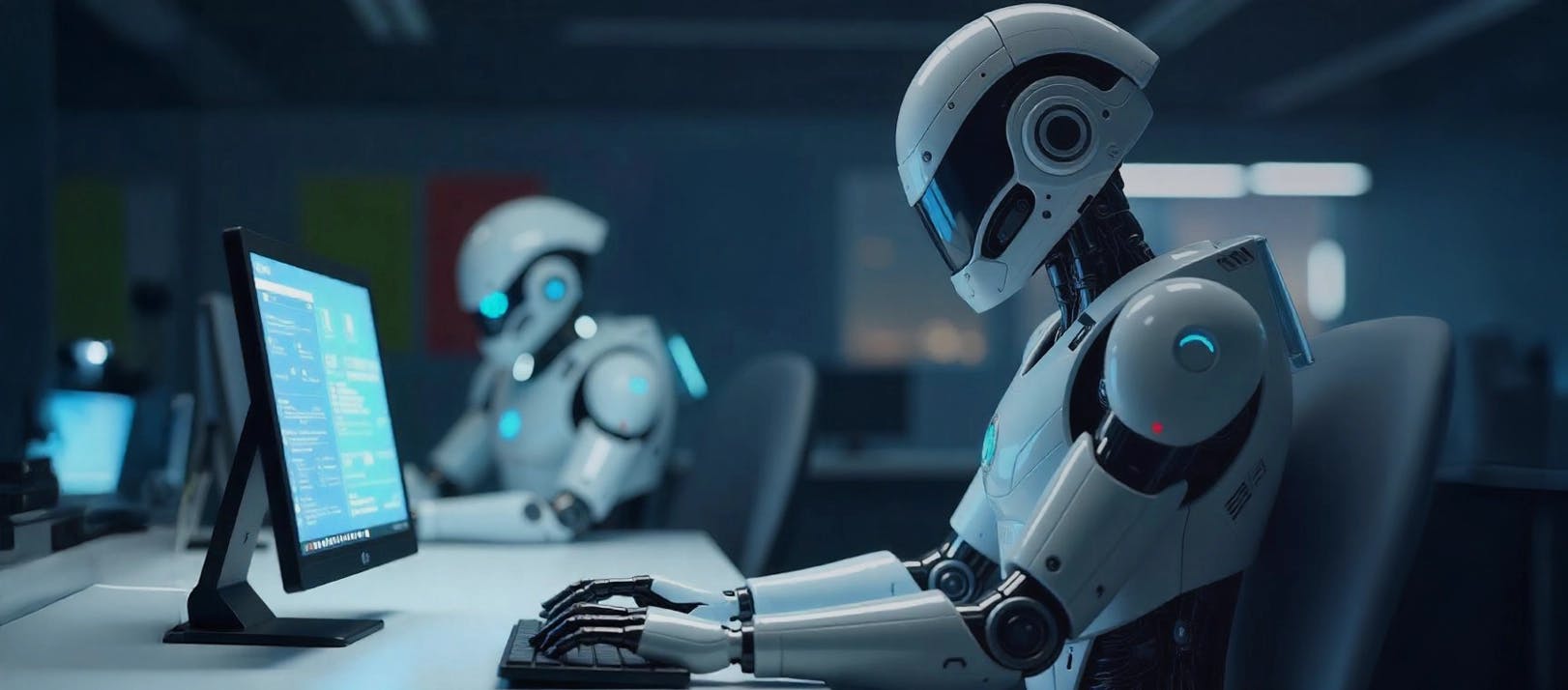
Is Agentic RAG Worth the Investment? Age...
Know more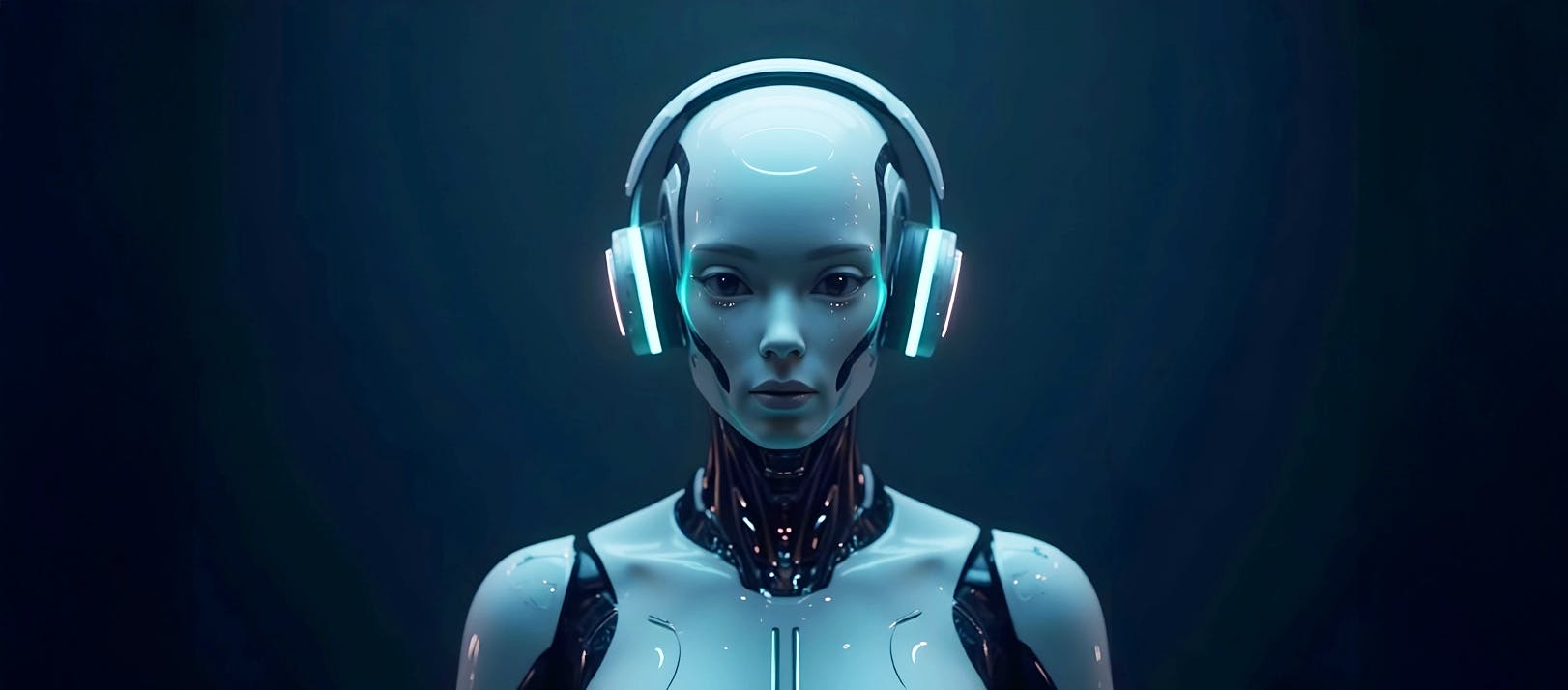
What is an AI Voice Agent for Customer C...
Know more
